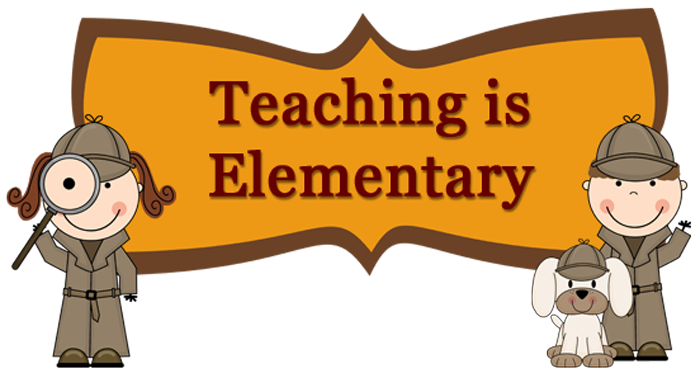 |
| My Primary Sources: My Dad, Aunt and Mom |
Other times the Great Aunts and Uncles would visit us. Retreating to another room I could escape interacting with those people who I considered 'old'. Occasionally, Dad would make us sit respectfully for a bit before releasing us from obligation.
At the time it never crossed my mind that I could LEARN from these visits with my great aunts and uncles. There in my midst, were PRIMARY SOURCES....people who would have been thrilled to speak about their slice of life in America, or Italy or Ireland.
As teachers we can access Primary Sources such as photographs and documents through the National Archives in Washington, DC or through the PrimarySources Wiki to help foster critical and historical thinking.
Perhaps we should assign homework where students need to interview their grandparents, great aunts, uncles or neighbors. Not only will they brighten someone's day, but they'll be surprised what they learn. (Using a digital recording device may help preserve the moment too!)
Finding Documentaries or videos allows children of today get a glimpse of days gone by. Check out this video from the 1950's.
Today, I enjoy spending time and interacting with my Primary Sources....my parents, my aunts, uncles and neighbors. Through their first-hand knowledge I have learned about experiences during the Depression, being in the military during WWII, attending a Nursing School in the early 50's, raising seven children without modern conveniences; living in Boston during the 1940's, farming in a rural community during the 1950's and more.
What have you learned from your Primary Sources?







